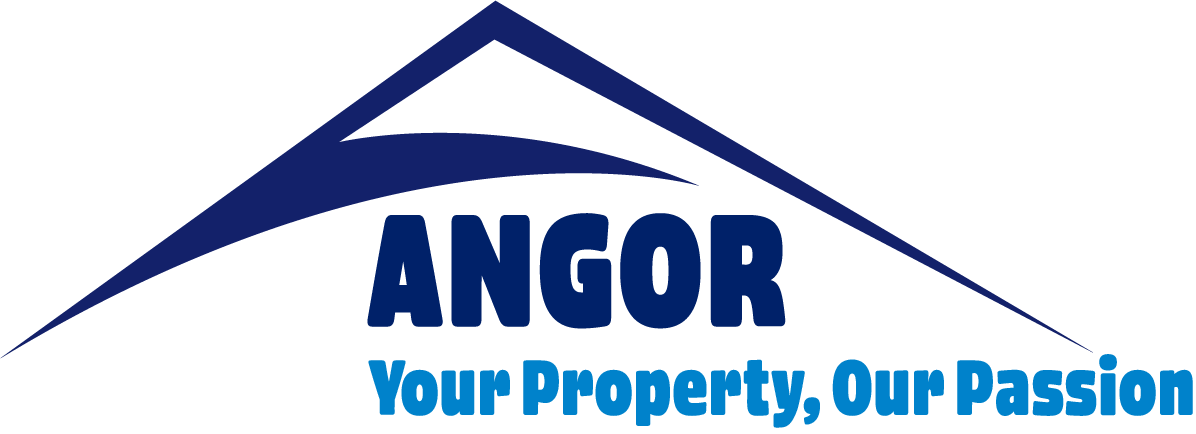Understanding Levy Collections in South African Community Schemes: Legal Framework, Challenges, and Effective Strategies
In South Africa’s vibrant property landscape, community schemes such as sectional titles (BCs) and homeowners associations (HOAs) form the backbone of shared living environments. These schemes rely heavily on levies – financial contributions from property owners – to maintain communal areas, fund repairs, and ensure smooth operations. However, managing levy collections can be fraught with complexities, from legal intricacies to economic hurdles. For first-time property owners navigating their initial responsibilities, experienced owners seeking efficiency, portfolio investors optimising returns, or Scheme Executives (such as Trustees in sectional titles or Directors in HOAs) striving for compliance, understanding levy collections is essential.
As a leading Managing Agent, ANGOR Property Specialists plays a pivotal role in guiding Scheme Executives through these processes. Under the Sectional Titles Schemes Management Act (STSMA), the Community Schemes Ombud Service Act (CSOS Act), and the Protection of Personal Information Act (POPIA), ANGOR provides expert advice on financial management, including paying creditors with proper approvals, preparing and distributing levy statements, receiving levy payments, and delivering monthly financial reporting. We also offer compliance guidance, secretarial support like scheduling meetings and circulating notices, and assistance with maintenance or project quotations upon request. Importantly, while ANGOR advises based on legal and experiential knowledge, all final decisions rest with Scheme Executives to ensure accountability and scheme autonomy.
This article delves into the legal framework for levy collections, explores common challenges, and outlines effective strategies to enhance recovery and prevention.
The Legal Framework Governing Levy Collections
South Africa’s community schemes operate under a robust legal structure designed to ensure fair and efficient levy management. At the core is the Sectional Titles Schemes Management Act (No. 8 of 2011), which mandates that levies are to be raised and billed to the owners:
Section 3. Functions of Body Corporate
- (1)(f) to raise the amounts so determined by levying contributions on the owners in proportion to the quotas of their respective sections;
- (3) Any special contribution becomes due on the passing of a resolution in this regard by the trustees of the body corporate levying such contribution and may be recovered by the body corporate by an application to an ombud, from the persons who were owners of units at the time when such resolution was passed: Provided that upon the change of ownership of a unit, the successor in title becomes liable for the pro rata payment of such contributions from the date of change of such ownership.
- (5) The body corporate must, annually or whenever there is a change in, certify in writing –
(a) the amount determined as the contribution of each owner;
(b) the manner in which such contribution is payable; and
(c) the extent to which such contribution has been paid by each owner.
This Act empowers Trustees to impose levies for maintenance, emergency repairs, and operational costs, while also allowing interest on arrears – capped at rates aligned with the National Credit Act (No. 34 of 2005). Any overdue levies become a debt owed to the scheme, and Regulation 25 under STSMA holds members liable for reasonable collection or legal costs incurred in recovery.
- (4) A member is liable for and must pay to the body corporate all reasonable legal costs and disbursements, as taxed or agreed by the member, incurred by the body corporate in the collection of arrear contributions or any other arrear amounts due and owing by such member to the body corporate, or in enforcing compliance with these rules, the conduct rules or the Act.
Complementing STSMA is the Community Schemes Ombud Service Act (No. 9 of 2011), which establishes the CSOS as a dispute resolution body. While primarily for resolving conflicts between owners, CSOS has evolved into a key player in levy disputes, handling applications for adjudication orders that can be enforced like court judgments. The National Credit Act further influences interest rates on arrears, ensuring they do not exceed prescribed limits, though this sometimes conflicts with STSMA provisions on penalty interest.
In practice, the debt collection process, carried out by a registered debt collector, begins with soft measures: an arrears letter or SMS reminder around the 7th to 10th day of the month if payment is missed, followed by a final demand giving 14 days to pay, arrange a plan, or face escalation.
If unresolved, schemes can pursue CSOS or court routes. For CSOS, a dispute is lodged, acknowledged within 10 days, and owners have seven days to respond before conciliation (aiming for repayment agreements) or adjudication. Adjudication orders are enforceable in Magistrate’s or High Courts, depending on the amount. Court processes involve issuing a summons, obtaining judgment, and executing warrants via the sheriff for movable assets, immovable property (under Section 66 of the Magistrates’ Courts Act), financial inquiries (Section 65), or rental attachments (Section 72).
In HOAs, the process may vary based on the Memorandum of Incorporation (MOI); for instance, service might require personal delivery if no domicilium is specified, often necessitating traces. Blacklisting via credit bureaus is another tool, applicable after 30 days in arrears, with a 21-day notice to rectify – adversely affecting credit scores but removable upon payment.
ANGOR assists Scheme Executives in navigating this framework by advising on compliant policies, such as debt recovery resolutions under Regulation 25, which Trustees can pass. We ensure all actions respect POPIA by avoiding unauthorised sharing of personal debt details, focusing instead on aggregated arrears reports to maintain privacy while promoting transparency.
Common Challenges in Levy Collections
Despite a solid legal foundation, levy collections face significant hurdles that can strain scheme finances. Economic pressures top the list: South Africa’s current climate, marked by high unemployment and inflation, leads to owner reluctance or inability to pay. Many prioritise essentials like school fees or insurance over levies, resulting in growing arrears – statistics from industry reports indicate schemes often see debts accumulate monthly, disrupting services like electricity and water.
Legal complexities add layers of difficulty. Prolonged court delays, from summons service (10 days for response) to default judgments (6 weeks to 4 months), can extend recovery timelines. CSOS backlogs are particularly acute; with only four adjudicators nationwide handling over 450 cases each, matters can drag on for months or even years. Newspaper articles sometimes exacerbate confusion by oversimplifying processes, like suggesting quick court orders without detailing prerequisites.
Owner education gaps compound issues. First-time buyers often misunderstand levy statements or their responsibilities in community schemes, leading to informal payment structures that prolong defaults. In HOAs, tracing absentee owners for service can be time-consuming, especially for undeveloped stands. Reluctance to formalise plans – such as maximum six-month arrangements including current levies – further delays recovery.
Privacy concerns under POPIA restrict sharing detailed arrears lists, limiting peer pressure tactics, though aggregated data (e.g., total arrears value) can be disclosed. For estates with majority defaulters, cash flow crises emerge, prompting considerations like levy guarantees or executive managing agents, but these require careful budgeting.
Special scenarios, like collecting from deceased estates (citing the executor) or tenants (requiring lease agreements for attachments), add nuance. Incentives for defaulters, such as discounts, must be AGM-approved and budgeted, while debt factoring (selling or funding debt) is discouraged due to long-term accounting complications.
Effective Strategies for Prevention and Recovery
Proactive strategies are key to overcoming levy collection challenges, blending prevention, early intervention, and robust recovery. Start with clear communication: Regular reminders and education on levy purposes foster responsibility, especially for first-time owners.
Implement structured policies early. A comprehensive debt collection policy outlining arrears letters, final demands, and escalation ensures consistency. Offer flexible yet firm payment plans: Maximum six-month terms, including current levies, signed via Acknowledgements of Debt (AODs) to encourage compliance. Blacklisting after 30 days serves as a deterrent, easily reversible upon payment.
For recovery, weigh CSOS versus courts. CSOS is cost-effective but delay-prone; courts offer control and impact (e.g., sheriff service) but higher costs (e.g., R15,000 for unopposed Section 66 applications). Involve experts early: Consult attorneys before debts escalate, and use traces (three reports) to justify immovable attachments if movables fail.
Prevention tactics include cash flow analysis before levy increases (up to 10% without approval) or special levies. For utility arrears, install prepaid meters via resolutions – enforceable with sheriff assistance – to avoid subsidising defaulters without spoliation risks (e.g., loading leviy arrears onto prepaid meters is illegal).
In HOAs, notify boards of settlement requests per instructions. For majority arrears, explore funding without selling debt. Always verify resolutions for legal fees recovery, taxed if needed, and provide settlement letters for credit bureau removals – rescissions at owner cost if desired.
Effective levy collections underpin thriving community schemes, navigating South Africa’s legal framework while addressing economic and operational challenges. By understanding STSMA, CSOS, and related acts, tackling issues like delays and reluctance, and deploying strategies from education to enforcement, owners and Executives can safeguard financial health.
Understanding Your Rights and Responsibilities as a Sectional Title Owner

